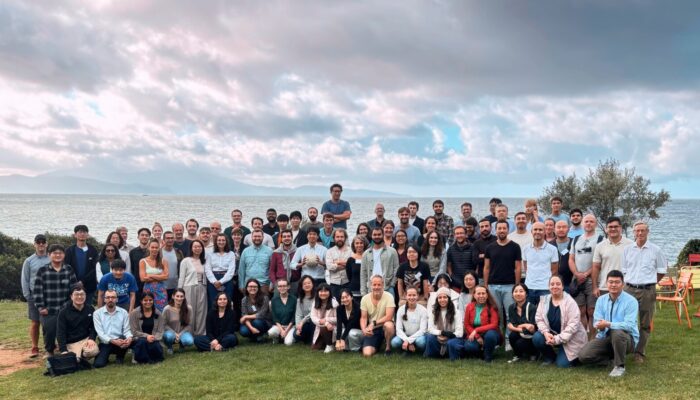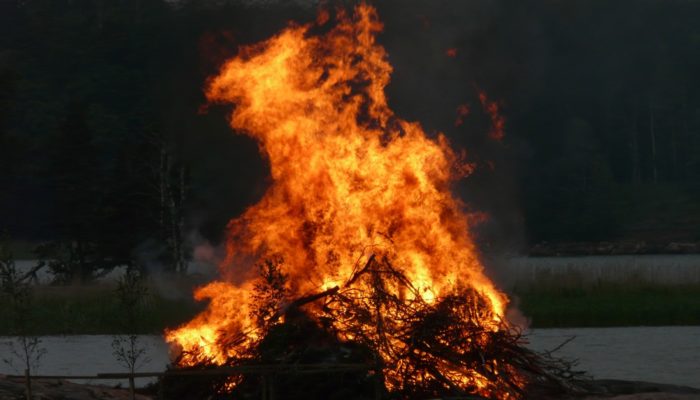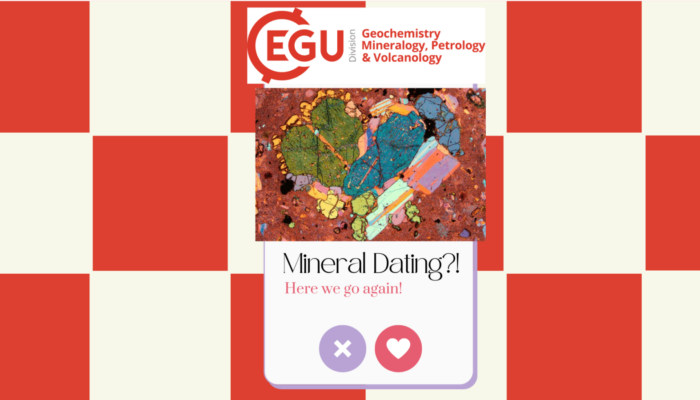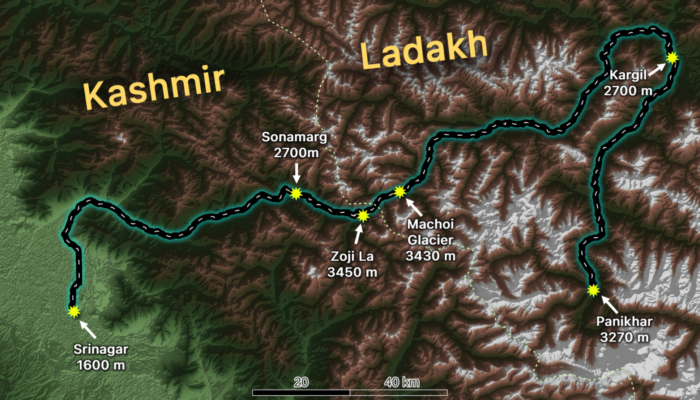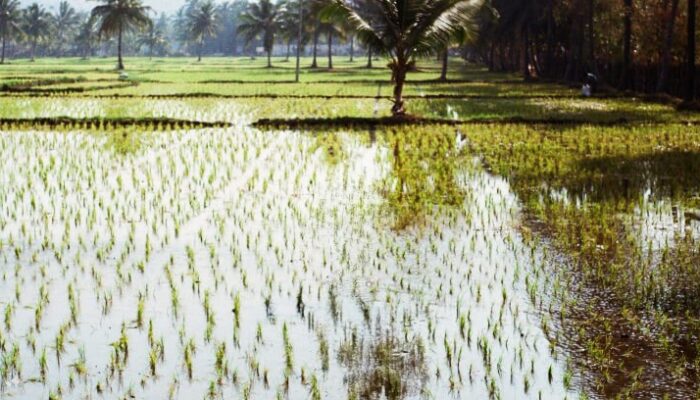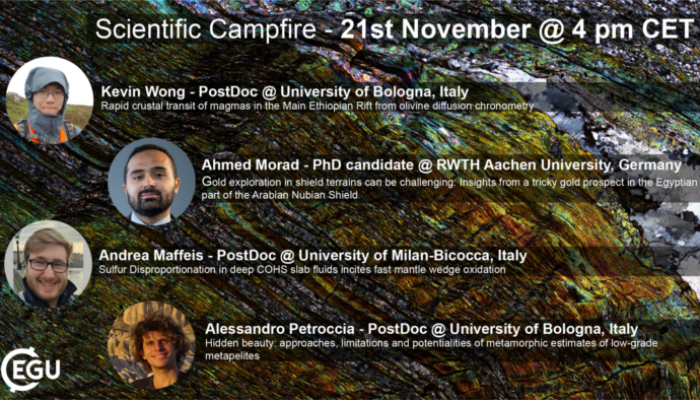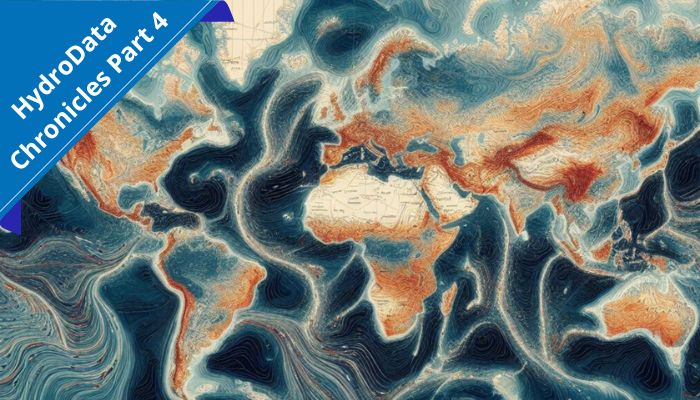Teaching the next generation of scientists, engineers, and planners hydrology may sometimes feel like a chore, but it might be the most impactful thing we do! So, I think it is always worth taking a look to see if we can optimize our approaches. What follows are some ideas that have shaped my teaching strategies over the last decade. I don’t pretend to be an authority on this stuff, but I’ve curat ...[Read More]
Geodynamics
4th Cargèse School on Earthquakes: Nucleation, Triggering, Rupture, and Relationships to Aseismic Processes
How do earthquakes nucleate? How do they arrest? Can we predict or control them? How do fault zone structure and rheology influence rupture? What do earthquakes in the lab tell us? How does fluid injection modulate seismicity? The Institut des Etudes Scientifiques de Cargèse (IESC) premise in Corsica, France was abuzz with discussions about these and many other related questions this October. The ...[Read More]
Solar-Terrestrial Sciences
ST-ECS Networking Campfire – How to convene a scientific session
Convening a session at academic conferences is no doubt time-consuming, but they are also the primary catalysts for establishing a research network and significantly boosting your academic profile. Particularly for Early Career Scientists (ECS), the idea of convening a session can be fearful and many worry that they don’t know how to do it or whether they can wrap up the session smoothly. The ECS ...[Read More]
Geodesy
EGU Campfire Geodesy – Share Your Research – Ninth Edition
We are excited to announce the 9th edition of Geodesy Campfire – Share Your Research in November. The Geodesy EGU Campfire Events “Share Your Research” give (early career) researchers the chance to talk about their work.We have two exciting talks by our guest speakers Roland Hohensinn and Bjarke Nilsson. Below you can find the details of the topics awaiting us. We will have time to network after t ...[Read More]
Geochemistry, Mineralogy, Petrology & Volcanology
THE CHALLENGES OF DATING – GEOLOGISTS’ VERSION (part two)
Whether the first four robust candidates for the love of your (geological) life did not match your expectations (if you missed part one, check it here) or you are feeling polyamorous looking for some other options and perspectives, other bachelors/bachelorettes datable phases can be everything you have been looking for. Here are some other minerals used in geochronology, as if they were featured ...[Read More]
Cryospheric Sciences
A First-Timer’s Journey to the Heart of the Himalayas
I am Krishnanand J, a graduate student in glaciology from IISER Pune, India. This is a story about my very first field trip to the Himalaya. Coming from a small village in Kerala, which is the southernmost state of India, going to the Himalaya is considered a big thing. It is like a camel visiting Antarctica. So below, I will take you along on an immersive journey, as I tell you about my first fie ...[Read More]
Geodesy
Combining GRACE and Kalman filter to get superior evapotranspiration estimates
Knowledge gaps in our understanding of the Hydrological Cycle The water cycle continuously provides us with fresh water. A critical process in the water cycle is evapotranspiration (ET), meaning that water evaporates from the surface and transpires from plants into the atmosphere. ET plays a crucial role in climate stability and the regulation of global water resources, but it is one of the most ...[Read More]
Geochemistry, Mineralogy, Petrology & Volcanology
EGU GMPV ECS Campfires – Thursday November 21st @ 4pm CET
The second edition of the Geochemistry, Mineralogy, Petrology and Volcanology Campfires of the 2024/2025 season is right at the door and will take place on Thursday November 21st at 4 pm CET on Zoom. This edition will be a Scientific Campfire, during which four Early Career Scientists will present their latest work to the community. Our speakers for this edition are: Kevin Wong, Po ...[Read More]
Nonlinear Processes in Geosciences
NP Paper of the Month: “Representation learning with unconditional denoising diffusion models for dynamical systems”
About the revolution of generating butterflies Imagine the most vibrant butterfly you can conceive. Congratulations – you’ve just achieved what generative AI does! This technology can create images from simple text descriptions, revolutionising image generation. But as geoscientists, how can we use it to improve the prediction of chaotic system like our weather? How can it help us to discover prop ...[Read More]
Hydrological Sciences
HydroData Chronicles: Celebrating 35 Years of Global Precipitation Monitoring with GPCC
Welcome back to the HydroData Chronicles, where we continue to explore the wealth of hydrological data shaping climate research worldwide. In this installment, we celebrate an incredible milestone — 35 years of global gridded precipitation data from the Global Precipitation Climatology Centre (GPCC). The Origins of GPCC Founded by the Deutscher Wetterdienst under the auspices of the World Meteorol ...[Read More]


